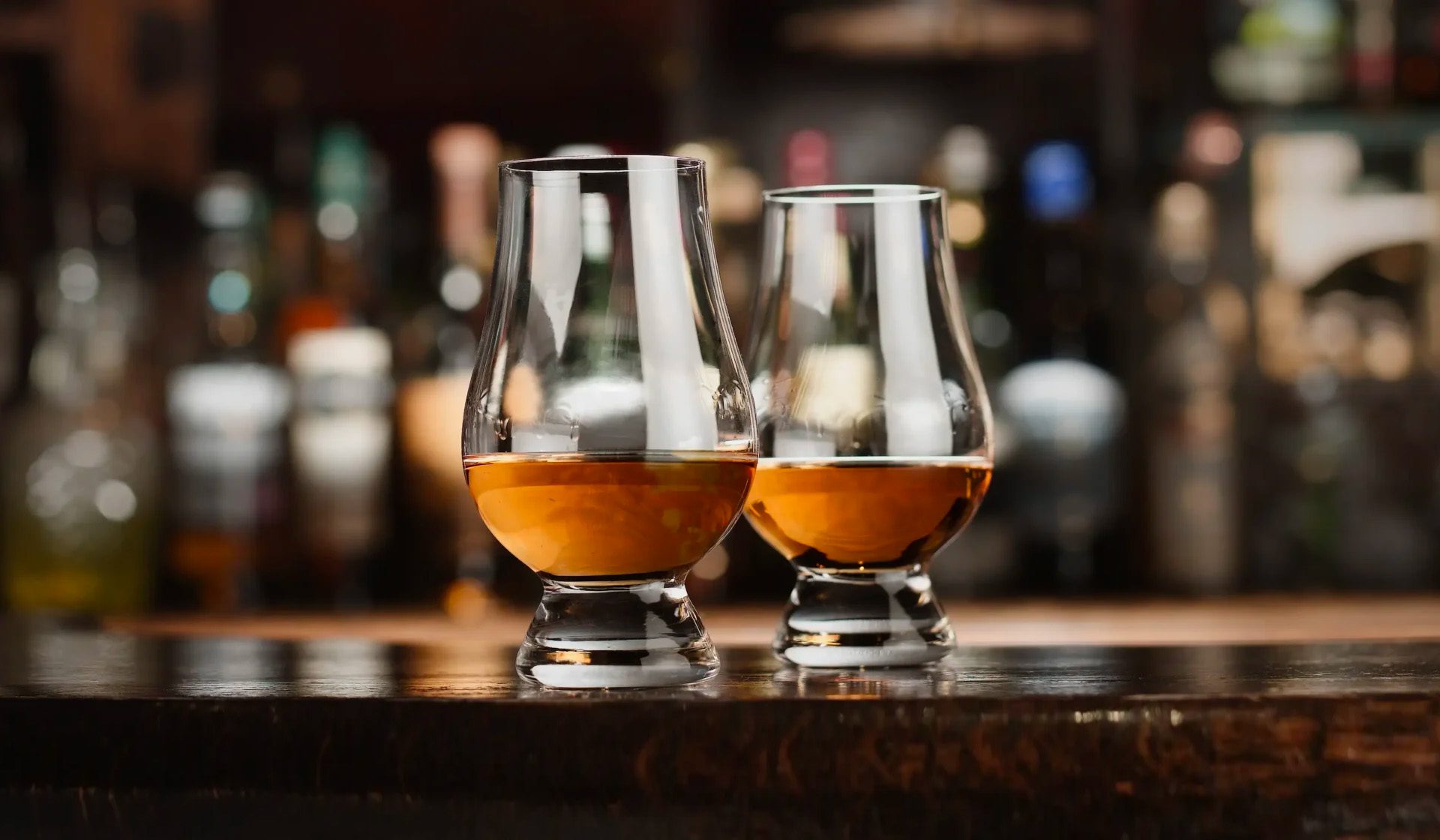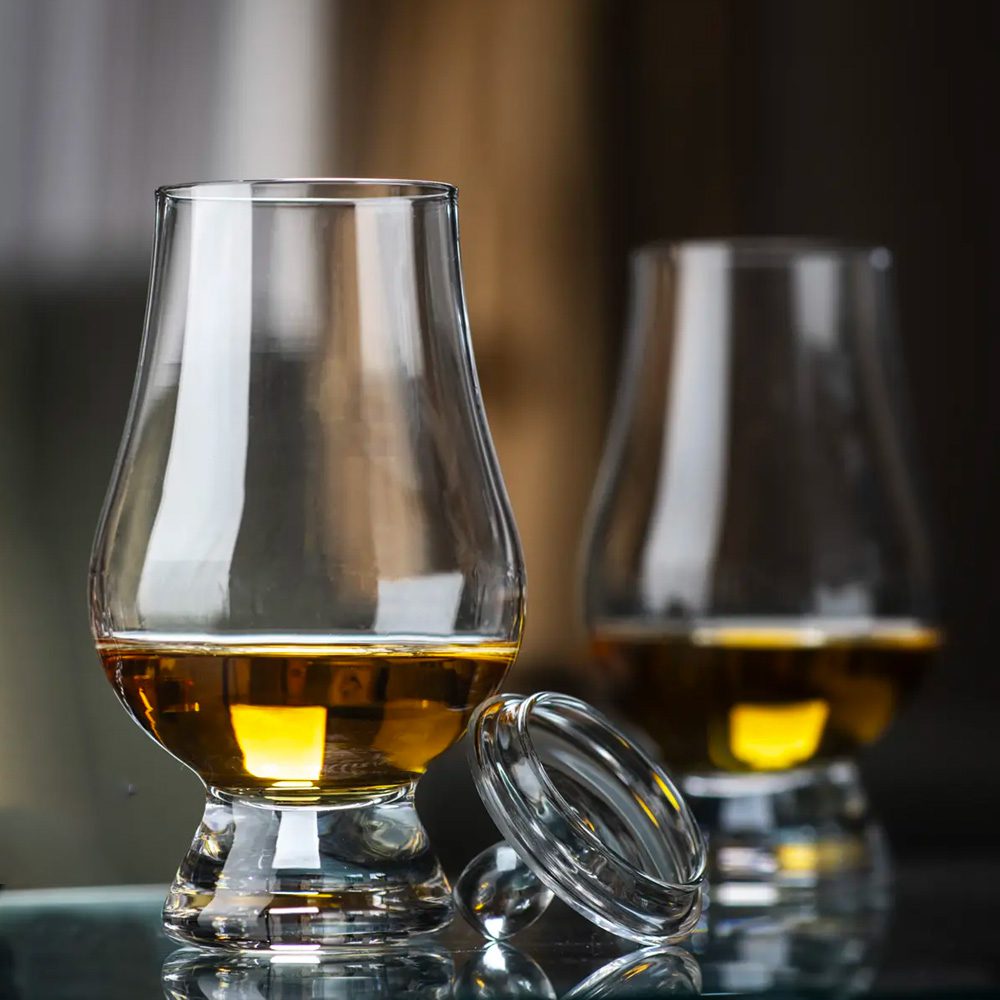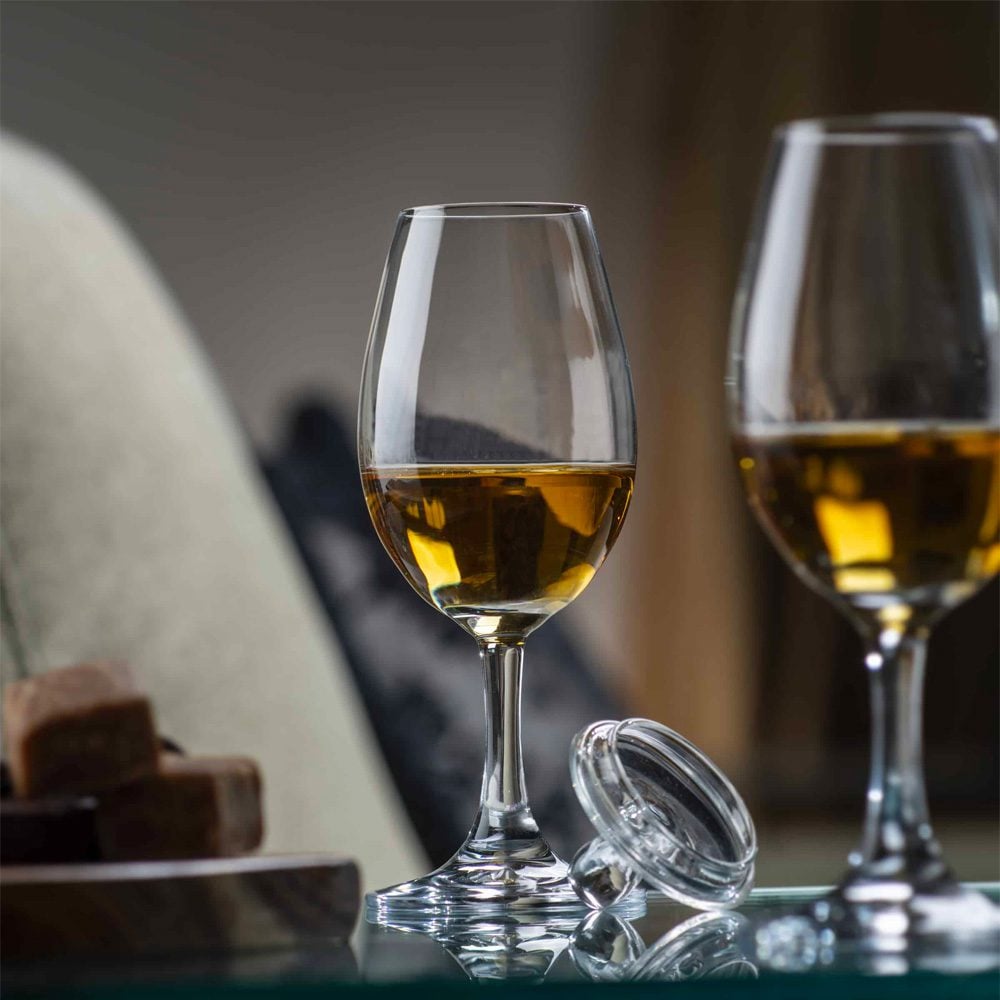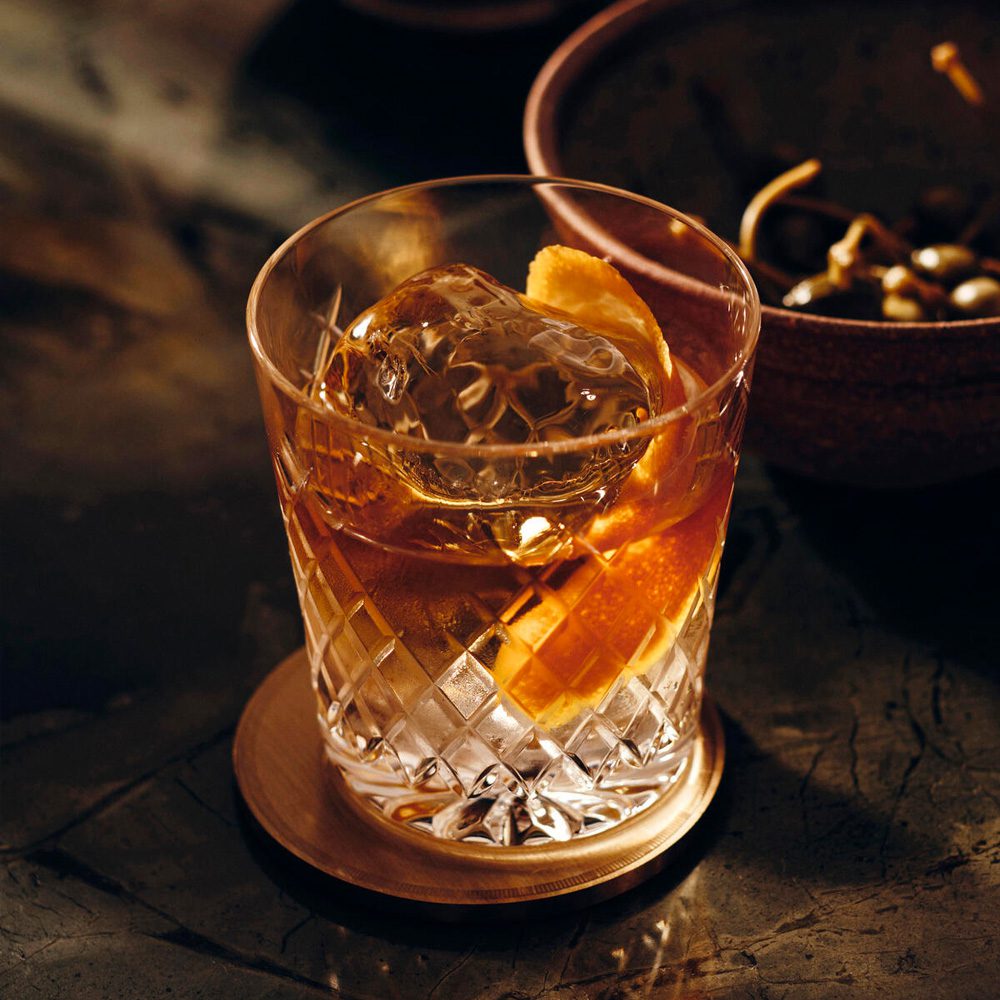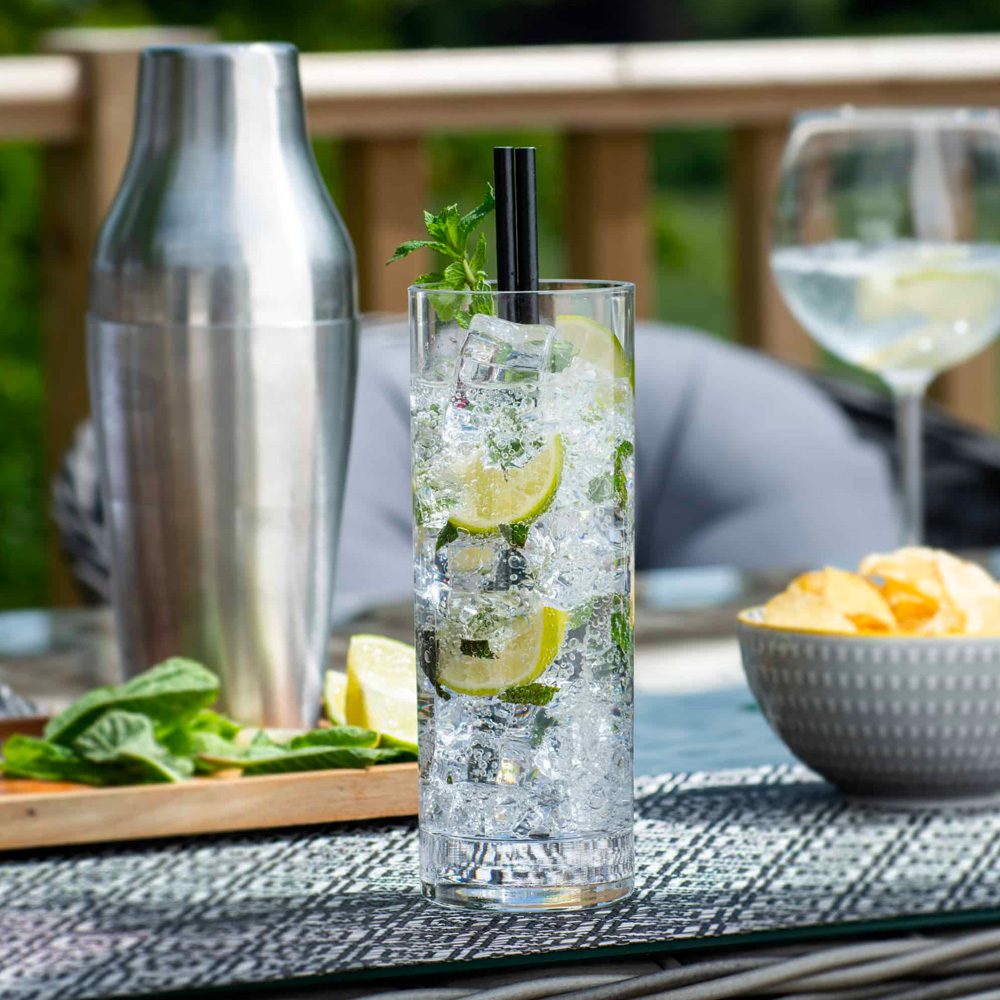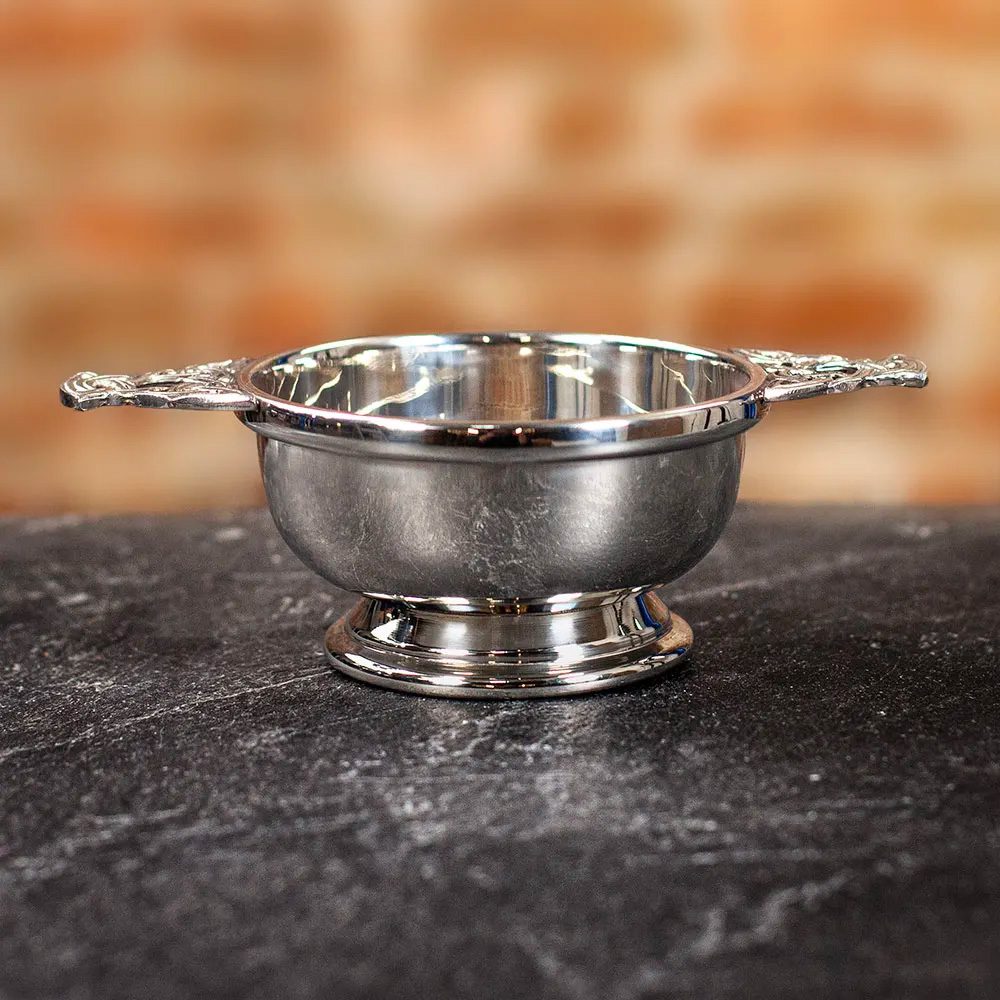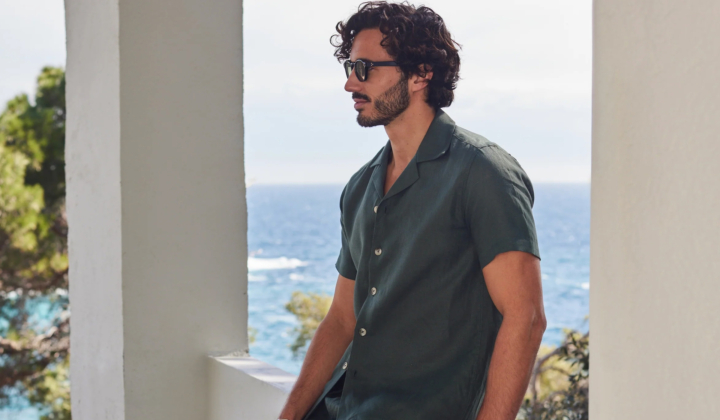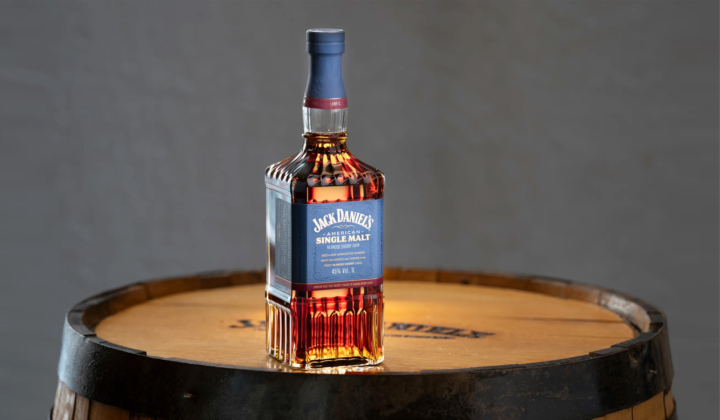6 Glasses Every Whisky Connoisseur Needs
Ever paid much attention to the vessel that you drink your whisky from? The shape and size of the glass that you pour your favourite tipple in to can vastly alter the experience.
So, whether you are analysing a whisky at a tasting event or simply relaxing and sipping away after a long day at work, we have look at six options available to you. Cheers!
The Glencairn Glass
It seems like this well-loved whisky glass has been around forever, but it only first appeared in the early 2000s. The glass was the brainchild of Raymond Davidson, the founder of Glencairn Crystal – the designers and manufacturers of high-end glassware and decanters based in East Kilbride, Scotland.
Davidson’s design was born from a frustration that whisky did not have its own shape and style of glass as other drinks did – think the Cognac glass or Champagne flute, for example.
His inspiration was the glass used by Scotch whisky blenders when analysing samples. The narrow opening and wider base channel aromas towards the nose, while the heavy base gives good stability and weight.
The adaption has turned into a worldwide classic for drinking and assessing whisky, with many proclaiming it as THE only one you should consider. The Glencairn glass is one of the modern whisky industry’s success stories, which is only emphasised by the fact that they sell five million of them each year.
The Copita
This glass features a tulip-shaped body set on a thin stem and flat base. The copita’s heritage stems from the south of Spain, particularly the ‘Sherry Triangle’ region featuring the towns of Jerez, Sanlucar de Barrameda and El Puerto de Santa Maria. Here the bodegas would sample their sherries as they matured using such a glass.
Historically the UK was the main importer of sherry, and the glass followed the barrels over. It became known as the ‘dockers glass’ as it was used by workers at the ports to assess the condition of the sherry upon arrival. The copita was later embraced by the Scotch whisky blenders as their glass of choice for analysing samples, and this remains the case today.
The Tumbler
There is something deeply satisfying about holding a tumbler and sipping your whisky from it. The weight and shape add to the experience and give a somewhat decadent feel. But it has not always been this way. The tumbler was so called as it originally featured a weighted convex curved base and would tumble around if knocked, spilling the contents.
The modern flat-bottomed version was developed during the early days of cocktails and remains as one of the most popular choices available. Classic whisky cocktails such as the Negroni and Old Fashioned are served in a tumbler, which is also known as a rocks glass.
However, it is perfect for a good dram of whisky and especially if you drink it over ice.
The Highball
The highball glass is the taller sibling of the tumbler. Much like the tumbler, the origins of the glass shape came out of the early cocktail culture. The highball is not great for sipping neat whisky, but it was not designed for that. The narrow slender shape restricts the aromas if analysing a dram.
However, it was designed for use of creating longer, refreshing spirits drinks such as Long Island Iced Tea or gin and tonic. The classic Scotch and soda, also known as a whisky highball, works superbly. It is one of the world’s most popular ways of drinking whisky. Alternatively, try the Japanese alternative – the mizuwari. This uses still water rather than sparkling or soda.
The Norlan Glass
This revolutionary whisky glass was designed to enhance the whisky drinking experience through design, science and ritual. The glass was developed in 2015 and was created by renowned Icelandic designer Sruli Recht, aided by design retail gurus Brian Fichtner and Shane Bahng. Jim McEwan, the legendary Scotch whisky Master Distiller, also consulted on the project.
Since then, almost half a million glasses have been sold and Norlan regularly features highly in consumer opinion polls for whisky glasses. The unique design is essentially a glass within a glass. The outer layer stops the whisky in the inner layer warming as you hold it.
It’s ingenious but be prepared to pay the price for this pioneering glass.
The Quaich
OK, so this is a bit of a curveball as it is not glassware. But the quaich (pronounced ‘quake’) has long been a traditional vessel for drinking whisky in Scotland. The origins of the name come from the Scots Gaelic word ‘cuach’, meaning cup. First references date back as far as the 16th century and were made of wood.
However, metal quaiches became more popular and their ownership was seen as a sign of wealth and prosperity amongst the Scottish gentry and clan leaders. Later, they fell out of favour and largely became ornamental until a recent rebirth of popularity.
The quaich is often used to bind a friendship, which is said to last forever after two people drink from the same cup and toast each other.
